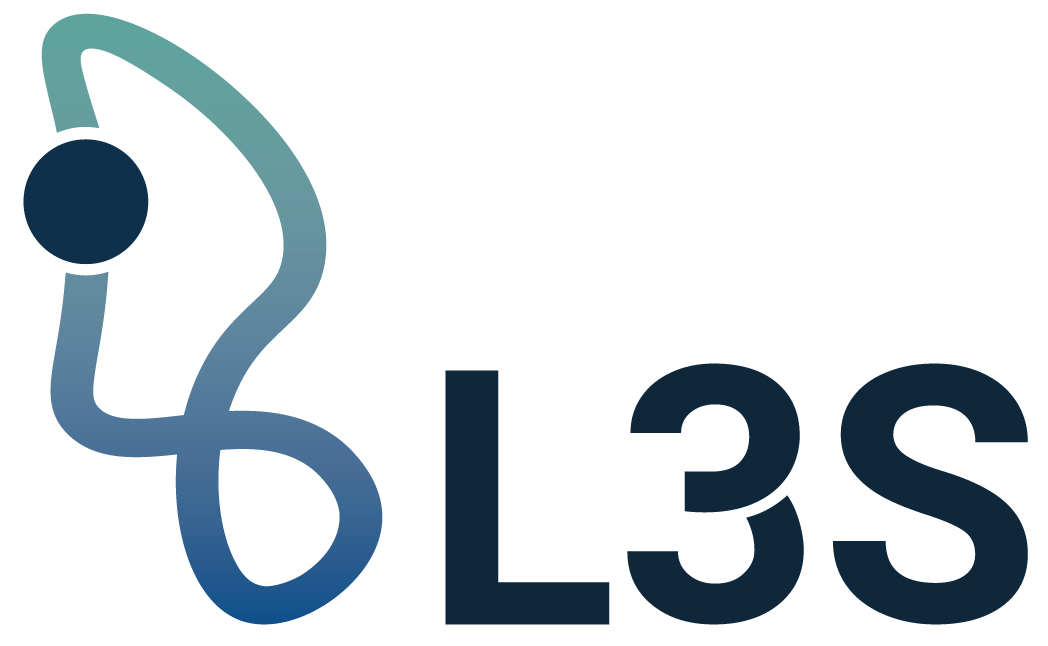|
so:text
|
I remember one clear example of the problem of communicating what is to be learned. You may have heard of or gone through a similar experience with a student or your child. Years ago, the child of a friend whom I was visiting arrived home from his day at school, all excited about something he had learned. He was in the first grade and his teacher had started the class on reading lessons. The child, Gary, announced that he had learned a new word. "That's great, Gary," his mother said. "What is it?" He thought for a moment, then said, "I'll write it down for you." On a little chalkboard the child carefully printed, HOUSE. "That's fine, Gary," his mother said. "What does it say?" He looked at the word, then at his mother and said matter-of-factly, "I don't know."
The child apparently had learned what the word looked like — he had learned the visual shape of the word perfectly. The teacher, however, was teaching another aspect of reading — what words mean, what words stand for or symbolize. As often happens, what the teacher had taught and what Gary had learned were strangely incongruent.
As it turned out, my friend's son always learned visual material best and fastest, a mode of learning consistently preferred by a number of students. Unfortunately, the school world is mainly a verbal, symbolic world, and learners like Gary must adjust, that is, put aside their best way of learning and learn the way the school decrees. My friend's child, fortunately, was able to make this change, but how many other students are lost along the way? (en) |

